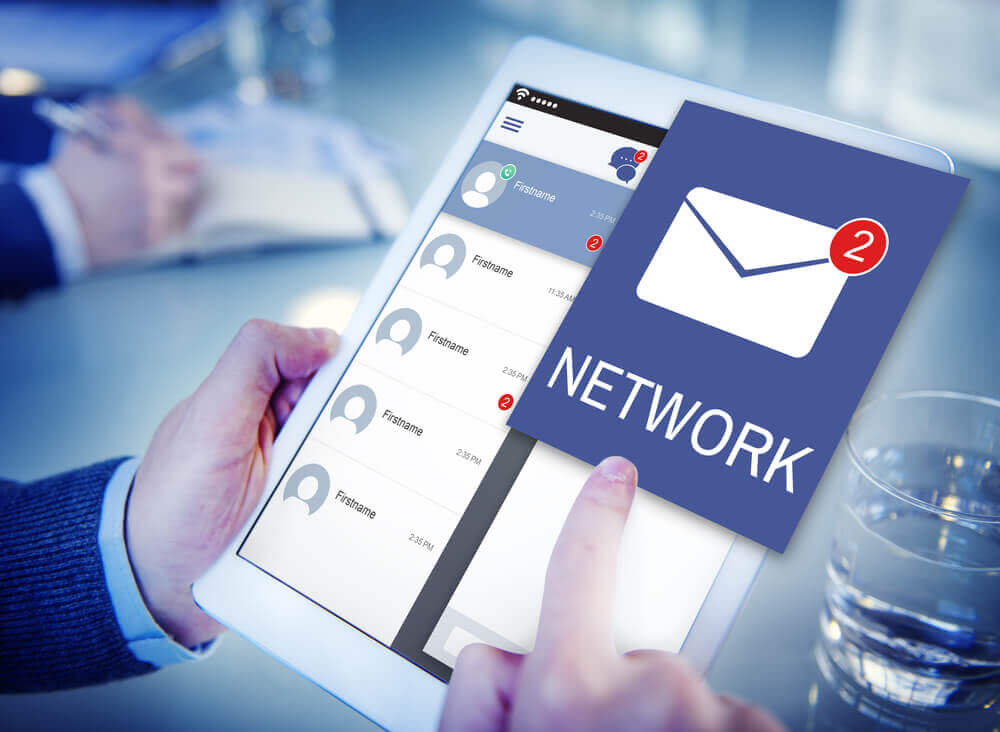It may be the season of giving this time of year but for cyberthieves it’s all about taking-your company’s hard-earned dollars.
How prevalent are these attacks? Between the end of February and mid-July two prominent hacking groups claimed to have compromised 89 organizations, of which more than half are U-S based.
If your company hasn’t been attacked yet, it’s just a matter of time and food, beverage and dietary supplement manufacturers with traditionally diverse supply chains are especially vulnerable.
So how can you protect your company? Larry Gagnon of network security company eSentire recommends adapting AWRAE protocols.
“✅ 𝐀𝐧𝐭𝐢𝐜𝐢𝐩𝐚𝐭𝐞 – be proactive, control the controllables, address the ‘known knowns’ along with the ‘known unknowns.’
✅ 𝐖𝐢𝐭𝐡𝐬𝐭𝐚𝐧𝐝 – continuously improve detection and response capabilities, and outsource where it makes sense. Have a ‘ready for anything’ mentality, account for the unknown, and minimize the impact to the business. Not all risk can be avoided.
✅ 𝐑𝐞𝐜𝐨𝐯𝐞𝐫 – continuously develop, test, and improve the IR plan.
✅ 𝐀𝐝𝐚𝐩𝐭 – conduct post-mortem analyses to identify lessons learned and make appropriate people, process, and technology changes, updates and implementations.
✅𝐄𝐯𝐨𝐥𝐯𝐞 – security programs cannot remain static; they must continue to evolve, just as the threat landscape does. The reality is, today’s solutions may not solve tomorrow’s problems, so constantly challenging our way of thinking and evaluating whether we’re solving or prioritizing the right problems the right way can drastically improve an organization’s security posture. “
Let’s be honest here, no network is completely safe and that’s especially true for food, beverage and supplement manufacturers connected to diverse supply chains. But with the average cost of a ransomware attack $225,000 a day, can you afford not to make your network as safe as possible?


